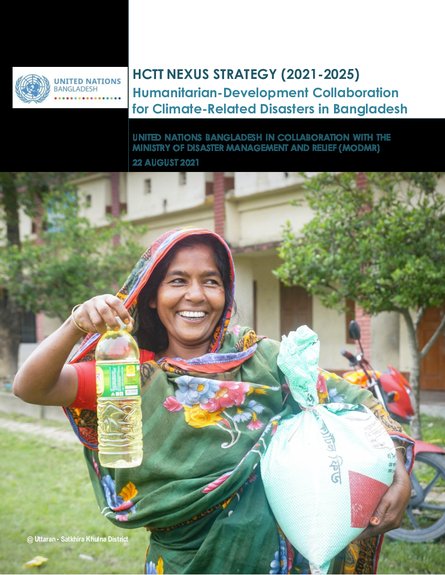
As confirmed by the Profiling of IDP situation in Luhansk region conducted by NRC Ukraine in 2019-2020, access to housing and employment are the key factors determining IDPs’ intention to stay in the location of their displacement or to relocate elsewhere, including a return to their abandoned place of residence. The exercise also shows that the key major difference between IDPs and non-IDPs relates to housing ownership and security of tenure. Where 92% of non-IDP households reported owning their housing, the response rate among IDPs was 11%. Most IDPs reported to rent (66%) or stay in accommodation provided by their relatives or friends (19%). Around 3% of IDPs reported to reside in housing provided by the authorities.1 According to the latest National Monitoring System Report on the situation of internally displaced persons conducted by International Organisation for Migration (IOM NMS), “60% of IDPs continued to live in rented housing, and only 10% of IDPs have own housing. Private property possession was named as the reason for returning by 86% of working-age returnees and by 94 per cent of elderly ones.”2